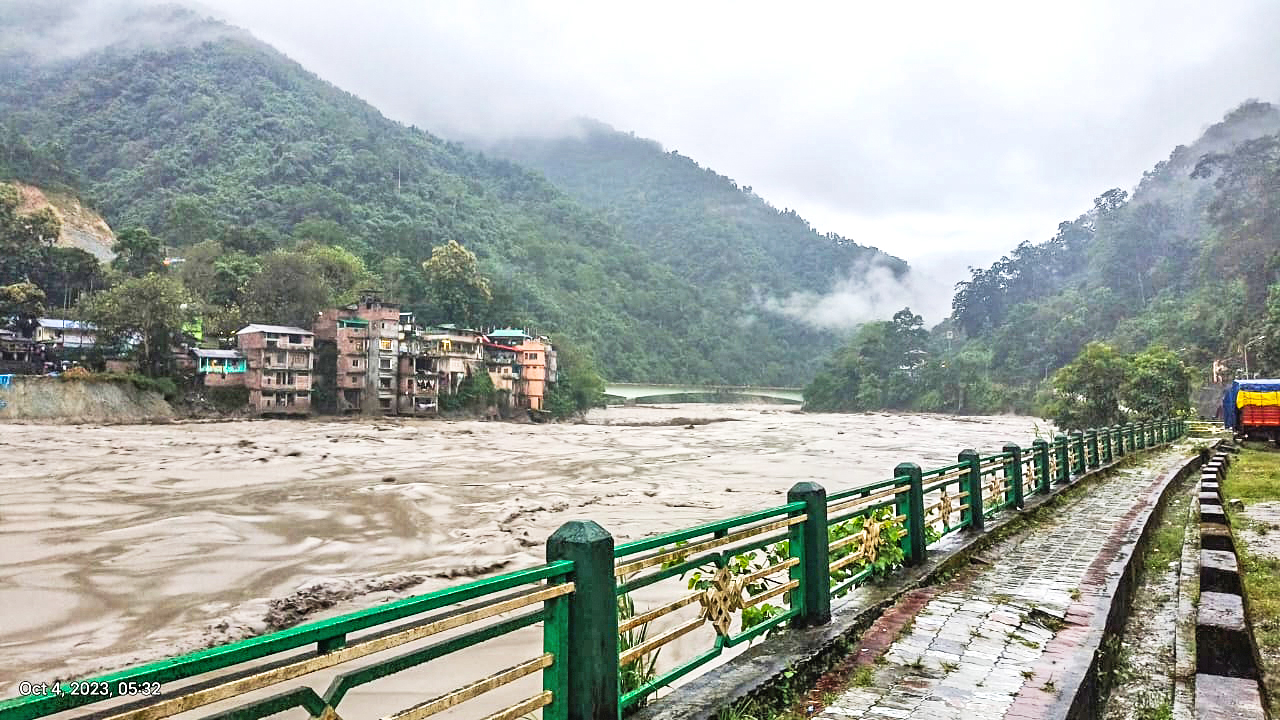2023 monsoons brought with it record rainfall with devastating floods in major Indian cities, causing widespread loss of life and property and disruption in transport and power. Himachal Pradesh, Punjab, Haryana, and Delhi are among the States that have reported record rainfall this year, and at least 60 deaths have been confirmed, though the actual toll may be higher.
The inundation of economically viable megacities like Delhi, Mumbai and Bangalore has brought to national focus the disasters that follow urban floods.
Urban floods have made us rethink the dynamic between climate change, urbanisation and infrastructure. The effects of climate change, such as flooding, are felt particularly strongly in cities due to the concentration of people and economic activity in densely populated areas with inadequate water, sanitation, drainage, and wastewater systems.
Urban flooding has become a recurring and alarming issue in Indian cities over the years, and with a growing population and subsequent growing need for infrastructure, it is becoming increasingly crucial to factor in urban flooding while designing cities. But to successfully integrate resilient strategies within urban regeneration plans, it is important to understand why urban floods happen, their patterns, and how they affect the infrastructure.
Flash floods are a common phenomenon, and they have natural ways of clearing up where the excess water drains into the ground or water bodies such as lakes. Urban flooding is significantly different from rural flooding as heavy infrastructure has led to developed catchments and consequent depletion of natural resources, which increases the flood peaks from 1.8 to 8 times and flood volumes by up to 6 times, according to the NDMA.
Cities, in particular, have witnessed disrupting natural drainage patterns and encroachment on vital water bodies such as lakes and ponds that were originally intended to absorb stormwater. For instance, Hyderabad, home to 400 lakes and 48 flood-absorbing tanks in 1929, has undergone drastic land-use changes due to rapid urbanisation and now has only 169 lakes.
Moreover, inadequate stormwater and sewerage infrastructure and their maintenance contribute significantly to urban flooding. Stormwater drainage systems in the past were designed for rainfall intensity of 12 – 20 mm. These capacities have been getting very easily overwhelmed whenever rainfall of higher intensity has been experienced. Global climate change is resulting in changed weather patterns and increased episodes of high-intensity rainfall events occurring in shorter periods of time.
In addition, the urban heat island effect has resulted in an increase in rainfall in urban areas. Further, the systems often do not work to the designed capacities because of poor maintenance. For instance, on July 26, 2005, Mumbai floods with 944mm rain in one day claimed more than 1,000 lives.
Experts said the 2005 floods were as much a result of clogged open surface drains with solid waste, including plastic, storm water drains and its channels, as it was due to significant changes in land use across the city and illegal construction and encroachments along natural drains and Mumbai’s Mithi river.
In order to minimise damage and potentially prepare cities for floods, there is a growing need to look into how cities are planned holistically. Designers, engineers and urban planners must intervene and re-imagine our cities to have more green and natural areas while mitigating irrational and often illegal changes in land use and poorly regulated real estate interests through policy initiatives and design interventions.
Conserving and protecting urban forests, wetlands, rivers, and lakes are critical to addressing climate change-induced flooding, water scarcity and heat waves and improving livability. A sustainable solution is integrating drainage, water supply and wastewater systems to store the heavy rainfall and treat and recycle wastewater to ensure safe water and sanitation throughout the year. The expansion of our urban areas faster than planned drainage systems also means that many roads effectively become stormwater drains.
Most flyovers, underpasses, and sometimes metro lines built to address traffic land up disrupting existing drainage. This needs to be addressed with effective infrastructure planning and coordination by all concerned agencies.
There is a stagnant mechanism among authorities to tackle urban floods, but without heavily enforced policies integrated within the city planning as well as management and maintenance, Indian cities prone to flooding will continue to drown each year. Most urban civic bodies conduct a monsoon audit ahead of the season to ensure that stormwater drains, tanks and lakes exist and work and are not choked by construction debris, silt, garbage or blocked by encroachments.
If done well, this can blunt the impact of flooding, along with helping recharge groundwater and surface storage when the rain arrives. China is trying to transform 30 megacities into “sponge cities” that use green roofs to slow down run-off into drains, urban forests to enable percolation, groundwater recharge and wetlands to absorb and reuse two-thirds of their water.
With enough emphasis on sustainable urban waste disposal, a streamlined stormwater drainage network with regular maintenance, ample green spaces, and urban infrastructure policies defining necessary design interventions based on flooding patterns and climate analysis, Indian cities can become equipped for urban floods, creating a safer future for the growing urban population while promoting greener living.
The author is Director of CEM Engineers.










